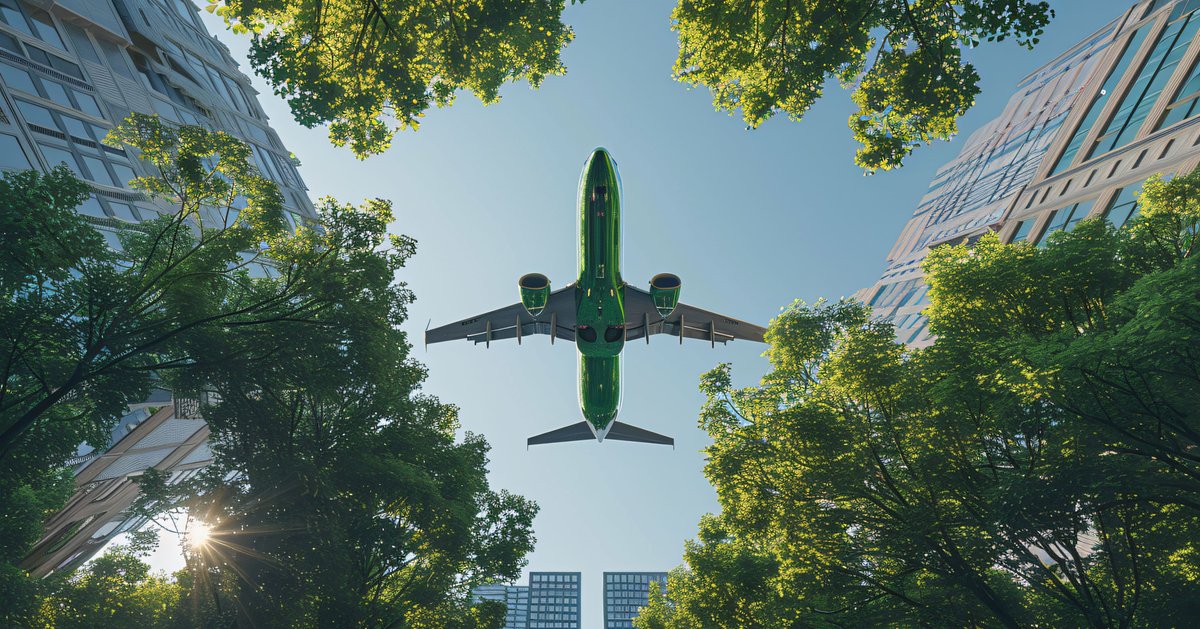The promise of sustainable aviation fuel
Let’s begin by looking into SAF. During the her interview with Nili, Lauren succinctly describes SAF as “an alternative to conventional jet fuel derived from waste and renewable feedstock, meaning it has up to 85% less carbon on a lifecycle basis”.
This reduction is massive, so it’s no wonder why SAF is such an attractive option for airlines seeking chasing net zero targets.
It’s also one of the only carbon abatement strategies that the industry has to run with, so it’s important that it’s developed as soon as possible.
Lauren acknowledges this unique position that United and all other airlines are in, saying: “Whilst the 3% that aviation contributes to global emissions may not sound like a lot, what I anticipate happening is that number increasing as other industries decarbonise.
“We’re a ‘hard to evade’ industry, meaning we don’t yet have scalable solutions for flying.”
The current challenges to scaling SAF
Despite its potential, the current production of SAF is falling way short of industry requirements.
Nili points out that “if we look at the total production of sustainable aviation fuel last year relative to the amount of fuel that United alone uses annually, that the SAF share would be just 0.1% of your total usage”.
Lauren confirmed this stark reality, adding: “In a given year, United consumes about four and a quarter billion gallons of fuel.
“Last year worldwide, 150 million gallons of SAF were produced”.
In the grand scheme of things, the current state of SAF is little more than a small green shoot.
There’s no need for despair just yet, though. This is just the beginning for SAF.

